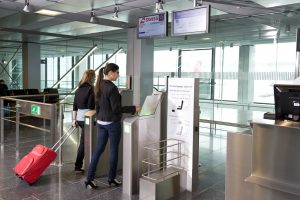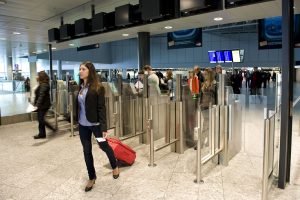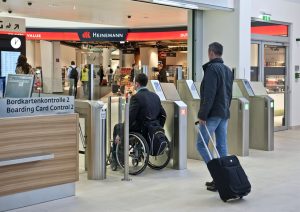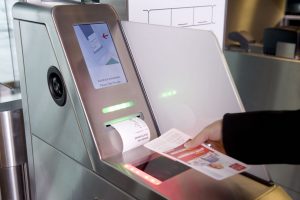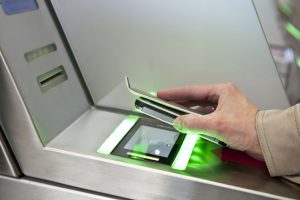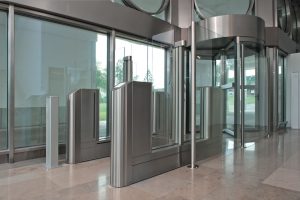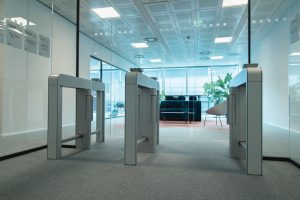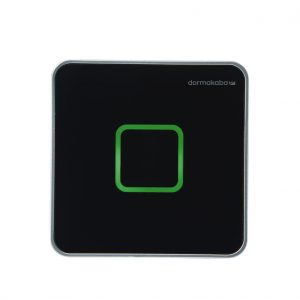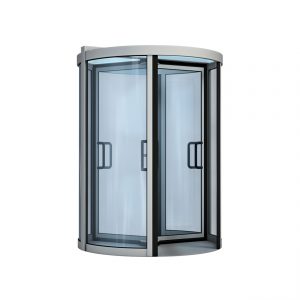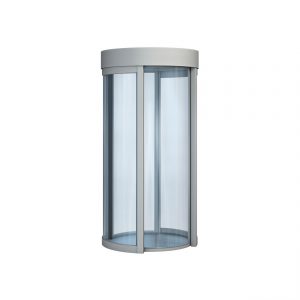Argus HSB-M03 Self Boarding and Boarding Pass Control
| Company | dormakaba UK & Ireland |
|---|---|
| Product code | Argus HSB-M03 |
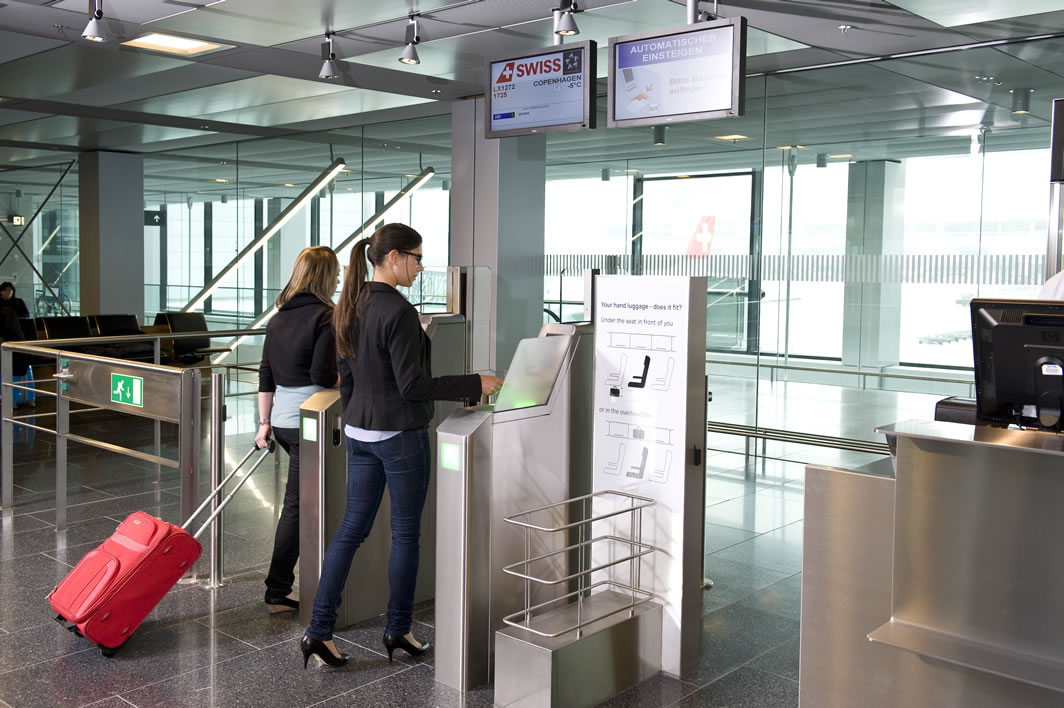
Images
Self-Boarding
Long boarding times for passengers are one of the main causes of delays at airports. This results not only in inconvenience to passengers but also to security risks and costs running into the millions.
Self-Boarding Gates help reduce queues and improve service. While the majority of passengers go through these automatic gates to board the plane, the ground crew have more time to help those who need it, such as elderly passengers, passengers with reduced mobility or passengers with small children.
- Faster flow of passengers thanks to shorter waiting times
- Passengers board the right aircraft
- Frees up more time for ground crew to carry out other tasks
- First/business class passengers can be managed separately
- Compatible with all biometric methods
Boarding pass control
Automated boarding pass control improves passenger flow when entering the departure zone on the way to security control.
Boarding pass control gates support airport staff in checking passengers’ boarding passes more efficiently. This in turn reduces the waiting times at the entrance to the departure lounge. This eliminates congestion and makes it easier for the airport security personnel to maintain control.
- The system prevents boarding pass misuse. It detects double use, for example.
- By scanning the boarding pass, the system can inform the appropriate airline of the passenger’s whereabouts. The information can be used to decide whether luggage should be taken off the aircraft for late passengers.
- First or business class passengers, VIPs and airline staff can be handled separately to reduce waiting times.
- Passenger flow is improved, reducing congestion and waiting times outside the departure hall.
- The gate allows passage with wheeled suitcases, backpacks and other luggage without triggering alarms.
- Operators can benefit from detailed reporting, e.g. about passenger flow volume, pushing in or trying to go in the wrong direction.
- Width (mm): 990
- Height (mm): 1520
- Depth (mm): 1700
- Opening Depth (mm): 540
- Material main: Glass
- Material secondary: Polycarbonate
- Security and safety sensor system including luggage detection.
- 10 mm tempered safety glazing in the guide elements. Cut out in the bottom area of the lateral privacy glass, ESG 10 mm frosted for A4 paper.
- Without cut out for Printer.
- LVDS 7″ display
- Stainless steel satin finish.
- Traveler interface stainless steel satin finish
- entrance free after authorisation
- exit always closed
- Type 2 power assisted motion; 2 servo positioning drives / 2 directions electrically controlled, drives integrated in the rotating tube.
- Signal device (arrow/cross pictogram) on entry side.
- Acoustic signal to announce unauthorised entry.
- Lockable components with dormakaba lock cylinders for maintenance cover and square for printer doors.
- Incorrent behaviour during Boarding (block lock for 5 seconds)
- standard tailgating
- IPC CV05 4GB RAM
- In the case of a power failure: door leaves can be moved freely!
- Control units and power supply-unit are integrated in the unit.
- Power supply 100–240 VAC 50/60 Hz
- Dowelled on finished floor level FFL.
- Not suitable for outdoor installation!
- Protection class Housing IP32
- Components conducting supply voltage IP42

